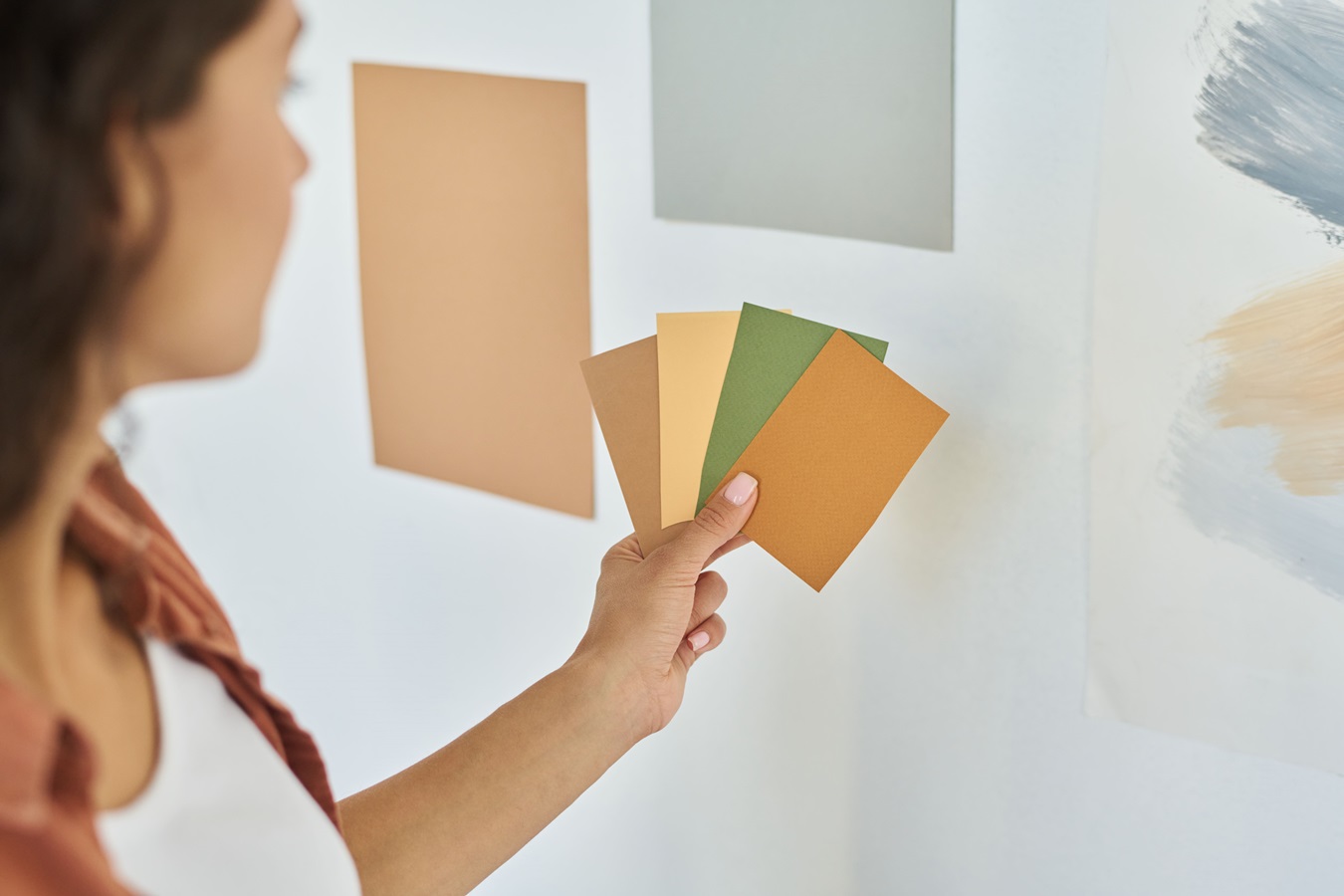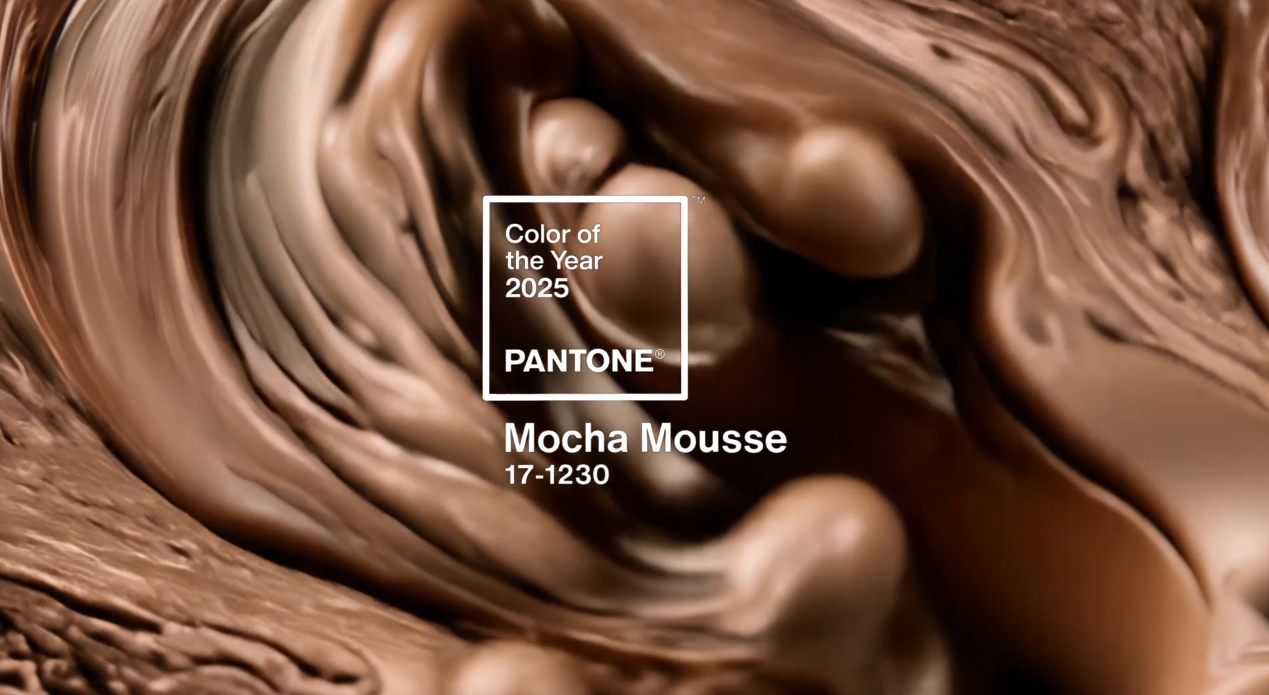Everyone loves a freshly painted room, but have you ever attempted a wall touch-up and ended up with an uneven patch? Well, it’s very common. Even if you are not sure about the existing hue and still want a similar look, don’t compromise with a new shade. Try colour matching.
Although matching paint can be challenging, with the correct methods, you can create a smooth blend. So, how do you match a paint colour to the existing one? Well, we will look at three easy and effective ways.
Old School Methods
Paint Chips: Finding a precise match for your existing paint shade can be as simple as taking a chip off your wall and taking it to a local paint store or home centre. With the help of a utility knife, remove the chip from a place that is not easily seen, such as behind the cover of an electrical outlet. You might wonder, how big of a paint chip do I need to match? Well, just make sure the chip is at least one square inch in size.
Fabric or Thread: You can eliminate the colour variations that occasionally appear in photos and computer screens by matching it with an actual item. As most paint store has a spectrophotometer, all you need to do is bring the item, be it a favourite shirt, a spool of thread, or a swatch of fabric.
Colour Testing: One of the more traditional ways to get the most accurate feel of the tint in your room is to test the paint colour on the wall that it will be applied to. We advise testing on the wall you wish to paint because pigments can appear very different depending on space, lighting, and other factors.
Colour Science Theories
Colour Wheel: This tool is frequently used by professional house painters in Sydney to match paint more accurately. In order to identify a colour family and determine the closest match, colour wheels allow you to look at a variety of related hues.
Paint Undertones: Warm or cool undertones can be present in pigments, though they might not be immediately apparent. These undertones greatly influence the paint’s appearance in various lighting scenarios. Natural light can highlight cool tones, while artificial light can highlight warmth, so when choosing a room’s lighting, always consider the undertones.
Tech-Based Solutions
Spectrophotometer: A spectrophotometer is an effective device that measures a surface’s colour electronically by shining light onto it. Because the spectrophotometer is entirely digital, human error is eliminated, and it can precisely match tints by calculating the different pigments in colour. A sample of the painted surface that is at least 10 cents in size, smooth in texture, and mark-free is ideal.
Colour-Matching Apps: Virtual tools from a few paint brands are available to help homeowners find the hue they want. Most of the apps use augmented reality to help you choose paint swatches digitally, find complementary colours, visualise the finished product, and determine how much paint you’ll need for a project. Users can find a match, for instance, by taking a picture straight from the app or uploading one using popular apps like Sherwin-Williams ColourSnap Visualizer, BEHR’s Colour Smart or Benjamin Moore Colour Capture, etc.
Camera Images: Take a picture with your phone and bring it to your preferred paint store, even if you aren’t using an app. Because most smartphones have high-definition cameras, it’s easy to get a colour sample of an existing wall or object without having to find a swatch, download an app, or cut out a section of the wall. However, you need to find the perfect lighting so that the camera can capture the actual shade.
Additional tips and tricks for trouble-free paint matching in future
Painted your house recently? Save these quick tips to avoid colour-matching troubles in the future:
- For touch-ups in the future, store a tiny quantity of each paint in a tightly sealed container.
- Maintain detailed records of the paint you use in your house.
- For easy recognition, label paint cans with the room and date of use.
- Don’t forget to store the remaining paint in a dry, cool location.
What about the paint finish?
Even if you find the right shade that perfectly goes with the previous paint, matching the finish is also essential for a flawless finish. The reflective sheen on the paint’s surface is referred to as the finish or sheen and is distinct from the tint of the paint. The amount of shine or light reflected from the paint’s surface will tell you what kind of sheen it has. Flat, eggshell, satin, semi-gloss, and gloss are the five primary finish types; gloss is the shiniest and flat is the most matte.
You can distinguish between these finishes by touching the wall, in addition to their obvious visual differences. The glossier finishes typically feel smooth, but if it feels dry, it’s probably flat or eggshell.
Do all these paint-matching tips sound confusing to you?
Don’t worry we have the easiest and most hassle-free way to offer too. For your house in Sydney, you don’t need to worry about matching a paint or finding the right hue if you are taking residential painting services from a professional painting company like Priority One Coatings.

